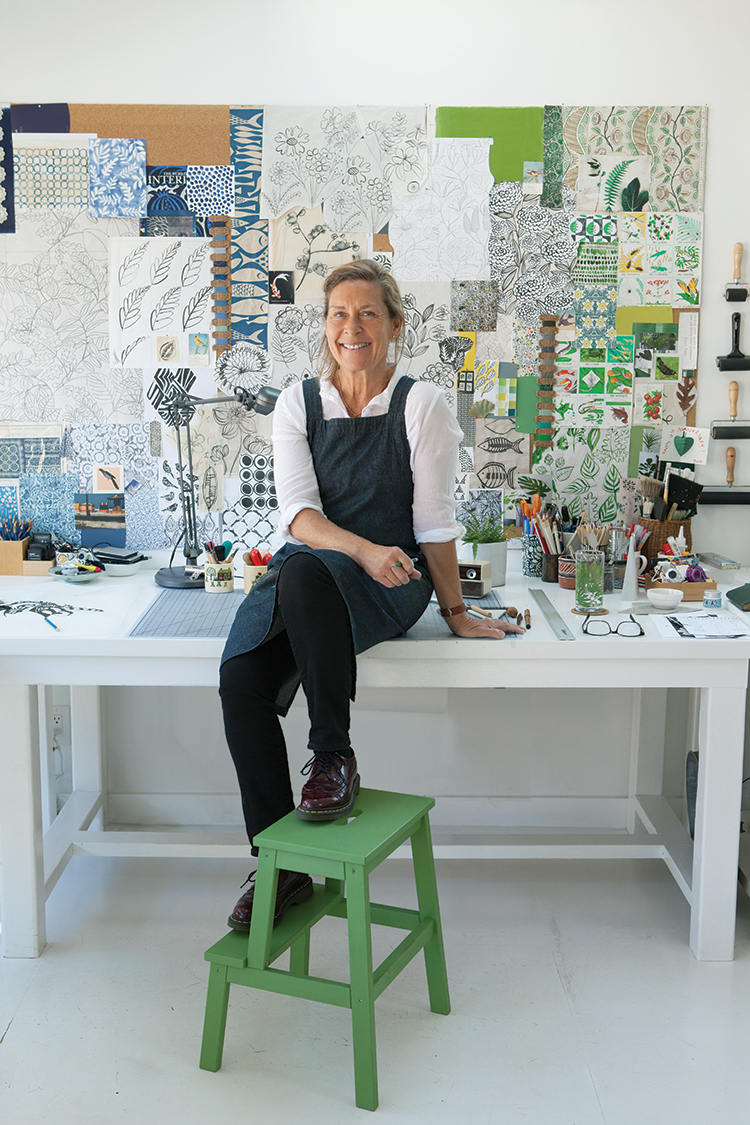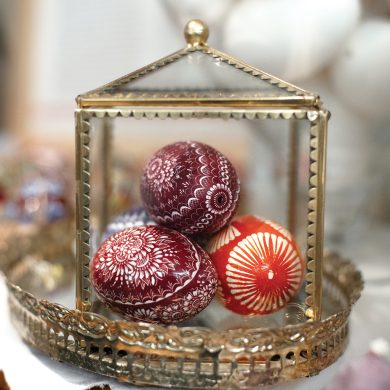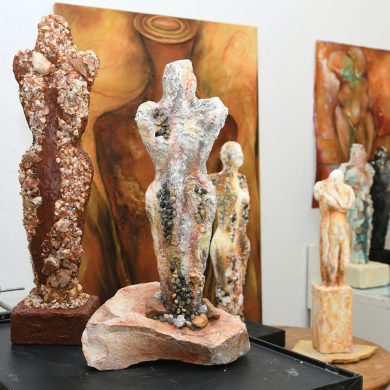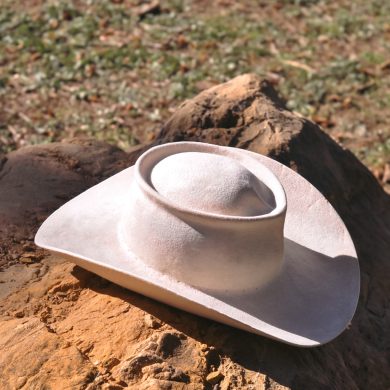
When we were children, my mum would conjour up artistic projects for my sister and me during school holidays. We would walk through the woods and fields of the Sussex countryside collecting leaves and seeds to create beautiful things. There was a freedom and a connection to nature which I’ve never lost. Even now I will always return from a walk with a flower or a fistful of seed pods to draw.
It looks like you’re out of free articles.
Become a Women Create member to read this full article.
Already a member? Sign in

Monthly Membership
- Unlimited access to the Women Create website
- Monthly Maker Moments livestreams, members-only newsletters and more

Annual Memberships
- Unlimited access to the Women Create website
- Print and digital subscriptions of WHAT Women Create magazine, WHERE Women Create magazine, or both
- Monthly Maker Moments livestreams, members-only newsletters and more







